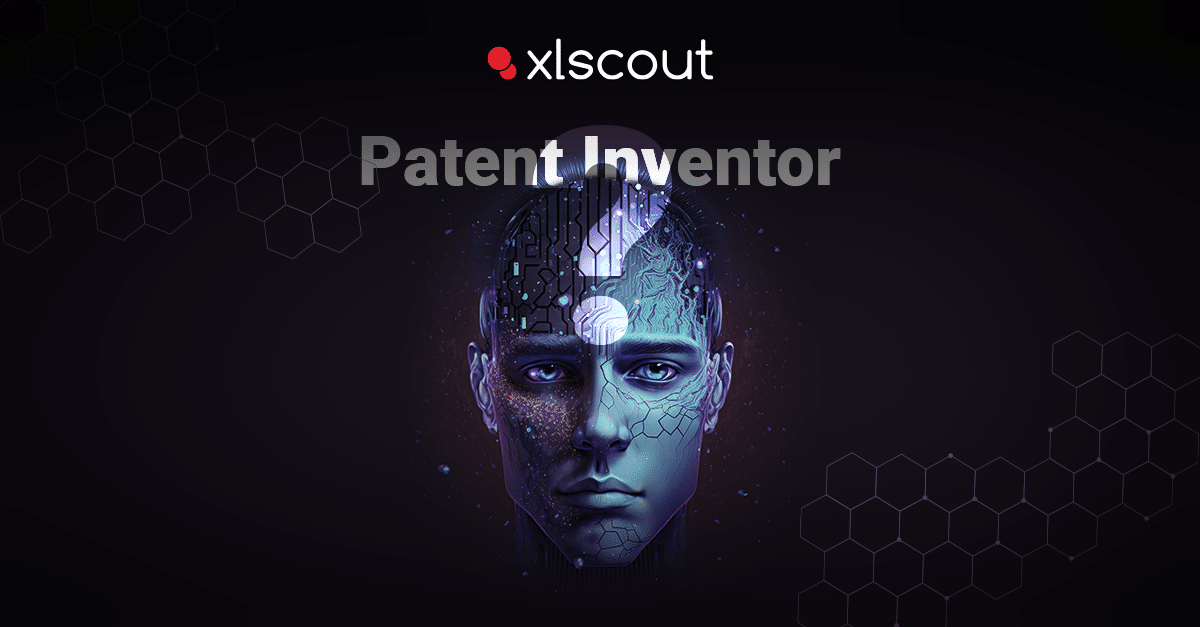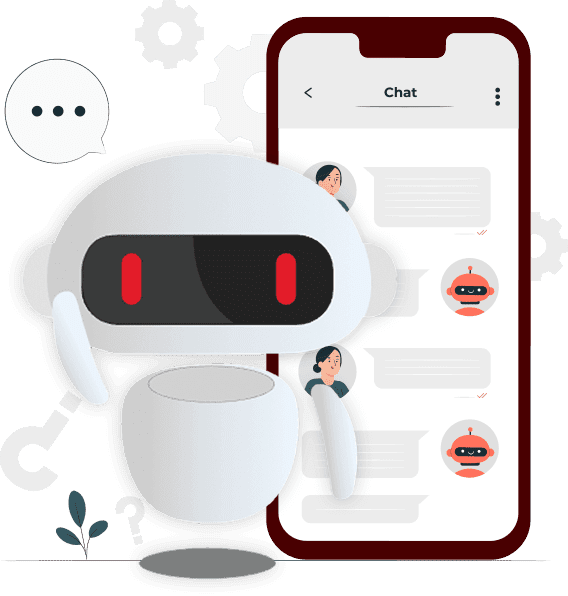
The USPTO’s recent landmark decision (16/524,350) ruling that artificial intelligence (AI) could not be a named patent inventor may have sparked fears of super-robots trying to invent vital technologies that, unfortunately, do not receive patent protection. Will a new battery be unpatentable if an AI discovers new, more efficient battery chemicals? Will a drug maker receive no patent if an AI creates chemical compounds that could eventually become a wonder drug? Are innovators who depend heavily on AI to analyze data and produce solutions atop a slippery slope?
This article discusses why the USPTO’s decision does not preclude the patentability of AI-assisted innovations and identifies questions IOT innovators should consider as AI evolves.
USPTO: Patent Inventors Need to Be Human
The USPTO issued a decision in April 2020 making clear that an AI named DABUS could not be granted a patent for a fractal light signal with pulses intended to match human brain waves, making beacons using the signals more visible. The patent’s assignee is Dr. Stephen Thaler, DABUS’ inventor, but DABUS had been the sole named inventor.
The Artificial Inventors Project includes this patent application as part of a global push for AI inventorship. It is led by UK law professor Ryan Abbott. Ryan has written extensively about the patentability of AI inventions for many years. DABUS, interestingly and rather ironically, is patented. The issue before the USPTO was whether anything DABUS “invented” was also patentable.
In declining to grant a patent to DABUS, the USPTO cited patent statute language and Federal Circuit decisions to argue that a patent may only be granted to a “natural person.”
Even if AI cannot be named as an inventor, a human involved in the process can.
Though the decision appears to completely eliminate patent protection for AI innovations at first glance, its ultimate impact is much more modest. Consider the following three factors to better understand why:
First, AI in the IOT field is rarely used to create patentable systems or machines.
AI is being actively used by pharmaceutical researchers to generate novel molecules, which could result in new, patented drugs. In contrast, the IOT industry generally employs AI to augment, minimize, or eliminate human involvement in existing processes created by a human inventor. The majority of AI applications will not result in the AI producing novel, patentable inventions.
An AI that tries to predict when smart factory equipment needs maintenance, for example, has done useful work. However, the AI’s output—a notification with a date/time prediction—does not constitute “a novel and useful machine, process, manufacture, or composition of matter.” Of course, the AI is a “useful machine” that has performed a “useful process,” and it may be patented if it is novel. However, what the AI created here is not.
Second, even if the AI is programmed to produce patentable results, there will almost always be a human inventor.
The inventorship of a patent is determined by who makes the “inventive leap” that results in a novel, non-obvious innovation. In the context of AI, this usually means whoever interprets the results. Patents are granted to “whoever discovers or invents any new and useful machine, process, manufacture, or matter composition, or any new and useful improvement thereof.” The word “whoever” denotes that the individual who interprets the findings is the inventor, not the technology that is collecting, organizing, and analyzing important data.
For example, if an AI analyses data from smart mobility devices and identifies and ranks five potential new processes for directing traffic through a major interchange, a human will still review those rankings and choose and implement the methods they find most useful based on training and experience. The named inventor is the person who reviewed the ranked processes and chose one worthy of use.
Third, the most common type of AI today is likely to be interpreted by a human.
The majority of AI today consists of machine learning devices. Machine learning entails the following process. Feeding an AI data, having the AI rank the data, and then trying to present the AI with new data. The AI will then analyze the data based on its previously learned responses to the datasets. With machine learning, a human almost always interprets the new analysis generated by the AI neural networks. This is true for most AI-enabled fields, including IOT. Because a human will serve as the named inventor on any patentable invention, the USPTO’s decision that AI cannot be a “natural person” named on a patent will not preclude patenting inventions conceived by a human based on information processed by a machine learning device.
AI development is still a long way from producing a machine capable of simulating human thoughts. The thoughts that a human has when creating a truly novel invention. However, as AI advances, innovators should keep the following questions in mind:
Questions to Consider for IOT Innovators as AI Evolves
Are You Creating a Neuro-Symbolic Hybrid?
Human programmers try to develop symbolic or classical AI by expressing human knowledge as a collection of facts and rules that a machine can follow. (Until the late 1970s, people expected symbolic AI to take the lead; today, machine learning does.) In theory, a machine explicitly intended to imitate human thinking could come up with something novel and non-obvious. And these are the fundamental requirements for patentability. Symbolic AIs aren’t quite there yet, but some see a future in which a neuro-symbolic hybrid will be.
You’re working on an AI that’s making more and more decisions, and you want patent protection for any resulting inventions. Then, ensure that there is still a human involved in interpreting the results, who can be the named patent inventor.
Is Trade Secret Protection Plausible?
Trade secret protection is broad, encompassing not only secret formulae but also any information with economic value. Because it is not widely known to others who may utilize it. E.g., valuable financial and business information; unique procedures, plans, or schematics; Google’s search algorithm, etc. Trade secret protection, unlike patent protection, does not require a government procedure. Furthermore, it lasts as long as the information retains its value and secrecy. These benefits imply that new, ever-changing advanced algorithms based on AI, as well as inventions “conceived” by AI, may soon be protected as trade secrets rather than patents.
In the case of Software: What About Copyright?
AI aids in the creation of software, and software can be copyrighted. However, the United States Copyright Office only recognizes copyrights with a human author. Copyright only protects works that are the result of “the creative potential of the mind.” Courts have ruled that corporations formed by humans can own copyright, but animals (as an example) cannot. Having a human review the code and arrive at any final analytical decisions should allow a human author to be identified and copyright to be enforced.
Intellectual Property Rights for AI Inventors?
If artificial intelligence advances to the point where a machine is the only mind involved in each and every stage of an innovation, patent protection may conceivably no longer be available. We must then consider alternative forms of intellectual property (IP) to grab the value of AI-generated inventions, whether organizations must be compelled to maintain AI innovations as trade secrets, and whether we would like a world in which different types of inventors are denied credit for their inventions.







